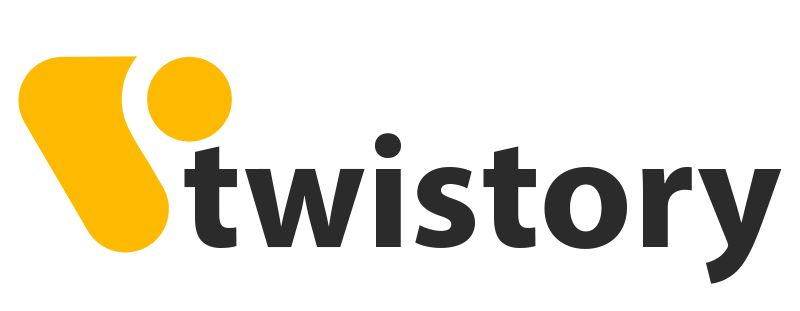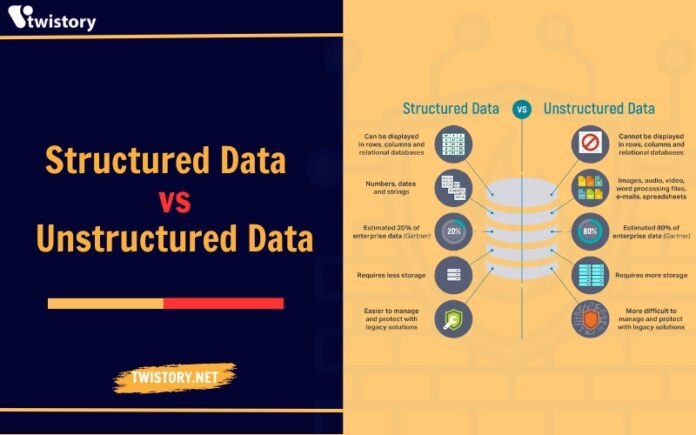Imagine data as the vital essence that fuels a business. It’s diverse, ranging from meticulously organized databases to the casual posts you make on Facebook. This vast array of data falls into two distinct categories: structured vs unstructured data. Our journey here is to learn about these data types in detail, exploring their unique characteristics and contrasts. We aim to unveil the subtle yet significant distinctions that set them apart. Along the way, we’ll sprinkle in some lesser-known insights and practical advice, making this exploration not just informative but also engaging and relevant to your daily interactions with data
1. What Is Structured Data?
Structured data is essentially data that’s been organized and formatted into a specific framework before it’s stored, commonly known as schema-on-write. Think of it like neatly arranging your clothes in a closet, where everything has its place. A prime example is the relational database. Here, data is formatted into well-defined fields – like credit card numbers or addresses – making it straightforward to search using SQL.
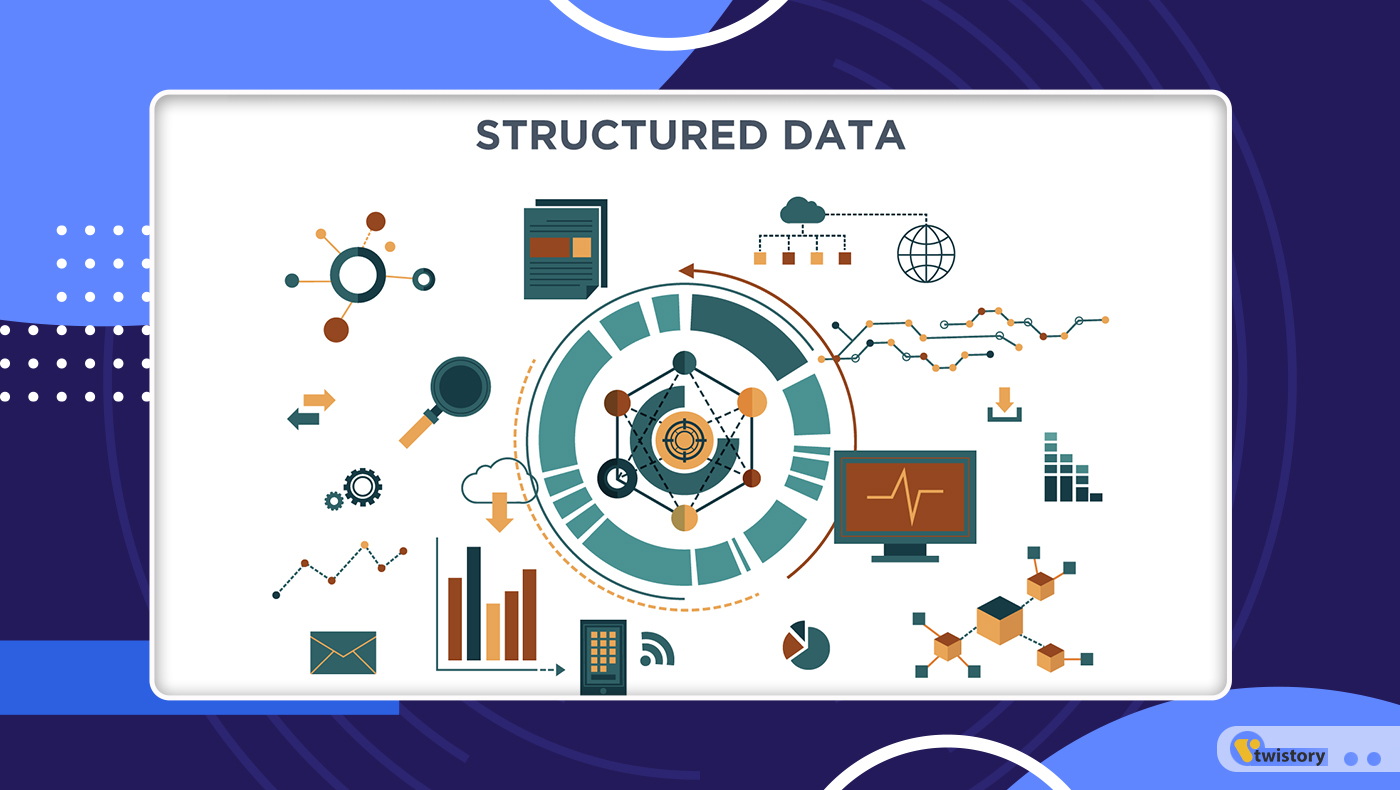
2. Pros and Cons of Structured Data
Structured data has its advantages and limitations. Its benefits lie in its straightforwardness and accessibility, while its downsides are mainly due to its rigid nature.
2.1 Pros of Structured Data
There are three key advantages to using structured data:
- Machine Learning Friendly: The biggest plus of structured data is its compatibility with machine learning. Its orderly and defined format makes it a breeze for algorithms to process and analyze.
- User-Friendly for Business Professionals: Structured data is also user-friendly for the average business person. Understanding the data is straightforward, eliminating the need for deep technical knowledge. This opens up data accessibility to a broader range of users within an organization.
- Wider Tool Availability: Having been the norm for a long time, structured data boasts a wide array of tools for its management and analysis. This historical prevalence means more tried-and-tested options are available for data handlers.
2.2 Cons Of Structured Data
On the flip side, the cons of structured data stem from its inflexibility:
- Limited to its Defined Purpose: The structured nature of the data, while beneficial for clarity, means it can usually only be used for its intended purpose. This specificity limits its adaptability to diverse or evolving needs.
- Storage Constraints: Typically, structured data is housed in data warehouses, which have fixed schemas. Adapting to new requirements can be resource-intensive, requiring updates to the entire dataset. Cloud-based warehouses offer some relief by providing scalability and reducing on-premises maintenance costs.
3. Tools for Structured Data
Tools for handling structured data vary depending on the specific tasks and requirements, but here are some commonly used tools and technologies:
- OLAP (Online Analytical Processing): This tool is a powerhouse for quick, multidimensional analysis of data. It pulls from centralized data stores, providing a unified view for comprehensive data examination.
- SQLite: Imagine a database that’s compact, self-reliant, and requires no server setup – that’s SQLite. It’s a transactional relational database engine that’s lightweight and hassle-free, ideal for smaller-scale applications.
- MySQL: Widely used in software that needs robust data integration, especially in systems with high workloads and mission-critical tasks. MySQL is renowned for its reliability in embedding data into extensively deployed software.
- PostgreSQL: A versatile tool that supports not just SQL but also JSON querying, making it highly adaptable. It’s compatible with major programming languages like C/C++, Java, and Python, which broadens its application spectrum.
Note: When selecting a structured data tool, consider your specific needs. For instance, OLAP is excellent for complex data analysis, SQLite for lightweight applications, MySQL for high-load environments, and PostgreSQL for flexibility in programming languages and data types. Your choice should align with your project’s scale, complexity, and specific requirements.
4. Use Cases for Structured Data
Structured data is essential for a wide range of use cases across various industries due to its well-organized and easily analyzable format. Here are some common use cases for structured data:
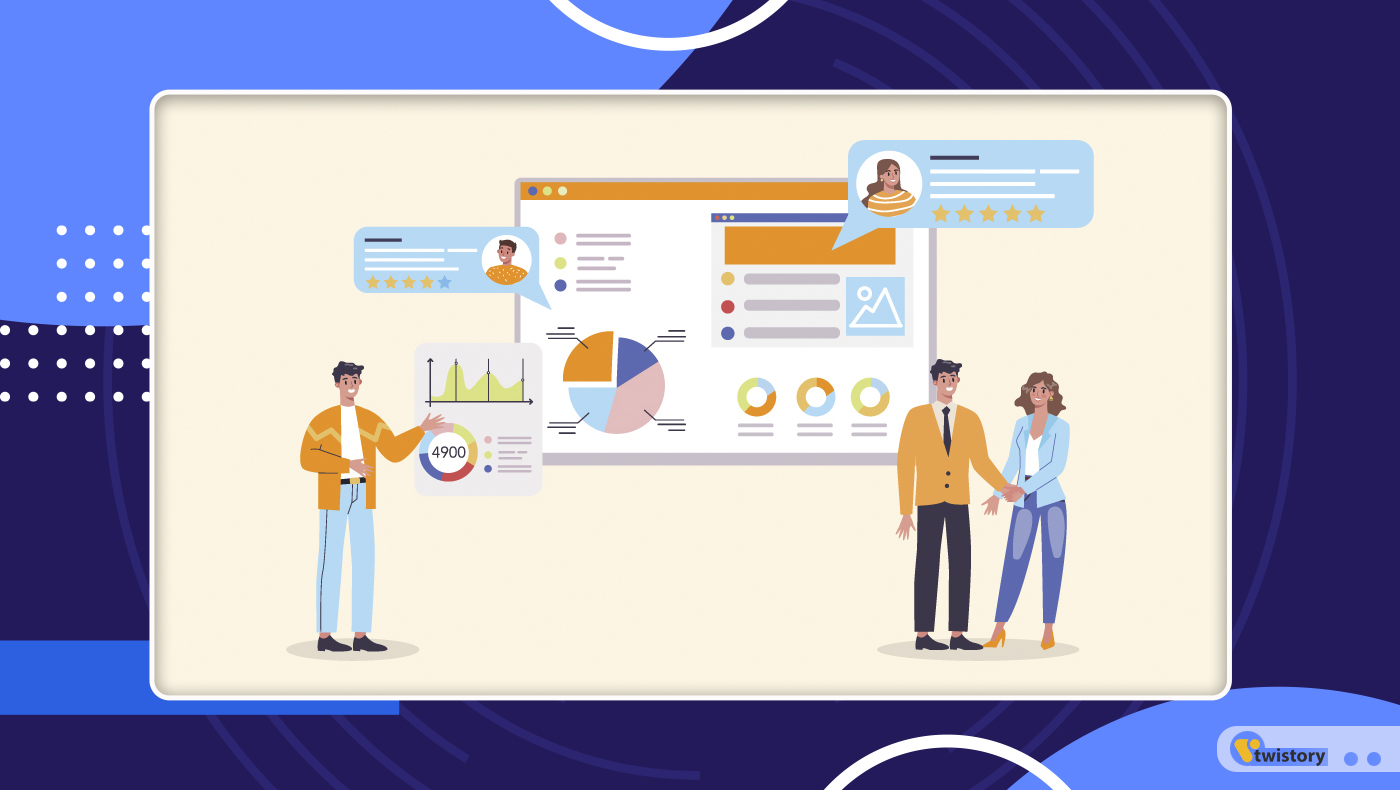
- Customer Relationship Management (CRM): CRM systems thrive on structured data. By analyzing this data, they can uncover patterns and trends in customer behavior, providing invaluable insights for businesses to enhance their customer relationships.
- Online Booking Systems: Think of the familiar format of hotel or ticket reservations – details like dates, prices, and destinations. This data perfectly aligns with the ‘rows and columns’ format of structured databases, making it a textbook example of structured data in action.
- Accounting: For accounting firms or departments, structured data is the backbone. It’s used to meticulously process and record all financial transactions, ensuring accuracy and ease of retrieval.
5. What Is Unstructured Data?
Unstructured data refers to information that retains its original form and isn’t processed until it’s needed. This approach, known as schema-on-read, allows data to exist in a wide range of file types. Examples of unstructured data include emails, social media updates, presentation files, instant messages, data from IoT (Internet of Things) sensors, and images captured by satellites.

5.1 Pros and Cons of Unstructured Data
Unstructured data, with its diverse formats and flexible usage, offers unique advantages and challenges. Its benefits are centered around its format flexibility, rapid collection, and storage efficiency, while its drawbacks are primarily related to the need for specialized skills and tools.
5.2 Pros of Unstructured Data
Unstructured data shines in several areas:
- Flexibility in Native Format: Stored in its original form, unstructured data isn’t pigeonholed until it’s needed. This flexibility allows for a broad spectrum of uses and adaptability in data analysis. It supports a variety of file formats, providing a rich resource pool for companies.
- Rapid Data Accumulation: Without the need for predefined structures, unstructured data can be gathered swiftly and effortlessly, enabling quicker responses to emerging trends or information needs.
- Cost-Effective Storage and Scalability: Often housed in cloud data lakes, unstructured data benefits from vast storage capacities. Cloud-based solutions offer pay-for-what-you-use models, making them cost-effective and easily scalable.
5.3 Cons of Unstructured Data
However, unstructured data does have its challenges:
- Need for Data Science Expertise: Its biggest limitation is the necessity for specialized knowledge in data science. Since it doesn’t come in a ready-to-use format, professionals are needed to prepare and analyze this data, making it less accessible to standard business users.
- Requirement for Specialized Tools: Unlike structured data, unstructured data calls for specific tools for processing and analysis. Many of these tools are still evolving, which can limit options for data managers and potentially increase the complexity of data handling.
6. Tools for Unstructured Data
Handling unstructured data, which includes text, images, audio, and video, often requires specialized tools and technologies. Here are some commonly used tools for working with unstructured data:
- MongoDB: This tool is all about flexibility. It processes data through adaptable documents, making it a fantastic fit for cross-platform applications and services. MongoDB allows for a more dynamic approach to handling diverse data types.
- DynamoDB: Amazon’s DynamoDB shines in performance and scalability. It boasts rapid response times, often in single-digit milliseconds, regardless of the data size. Plus, it comes with built-in security, efficient in-memory caching, and straightforward backup and restore options.
- Hadoop: Ideal for handling massive datasets, Hadoop specializes in distributed processing. It stands out by not requiring specific data formatting, using simple programming models to manage large-scale data processing.
- Azure: Microsoft Azure focuses on agility in cloud computing. It’s a powerful platform for creating and managing applications, leveraging Microsoft’s extensive network of data centers for robust, scalable cloud solutions.
Note: When choosing a tool for unstructured data, consider the specific needs of your application. MongoDB is great for dynamic data structures, DynamoDB for high-performance needs, Hadoop for large-scale data processing without format constraints, and Azure for comprehensive cloud computing capabilities. Each tool has its strengths, so aligning the tool with your project’s requirements is key to success.
7. Use Cases for Unstructured Data
Unstructured data offers many opportunities for different industries and applications. Here are some common use cases for unstructured data:
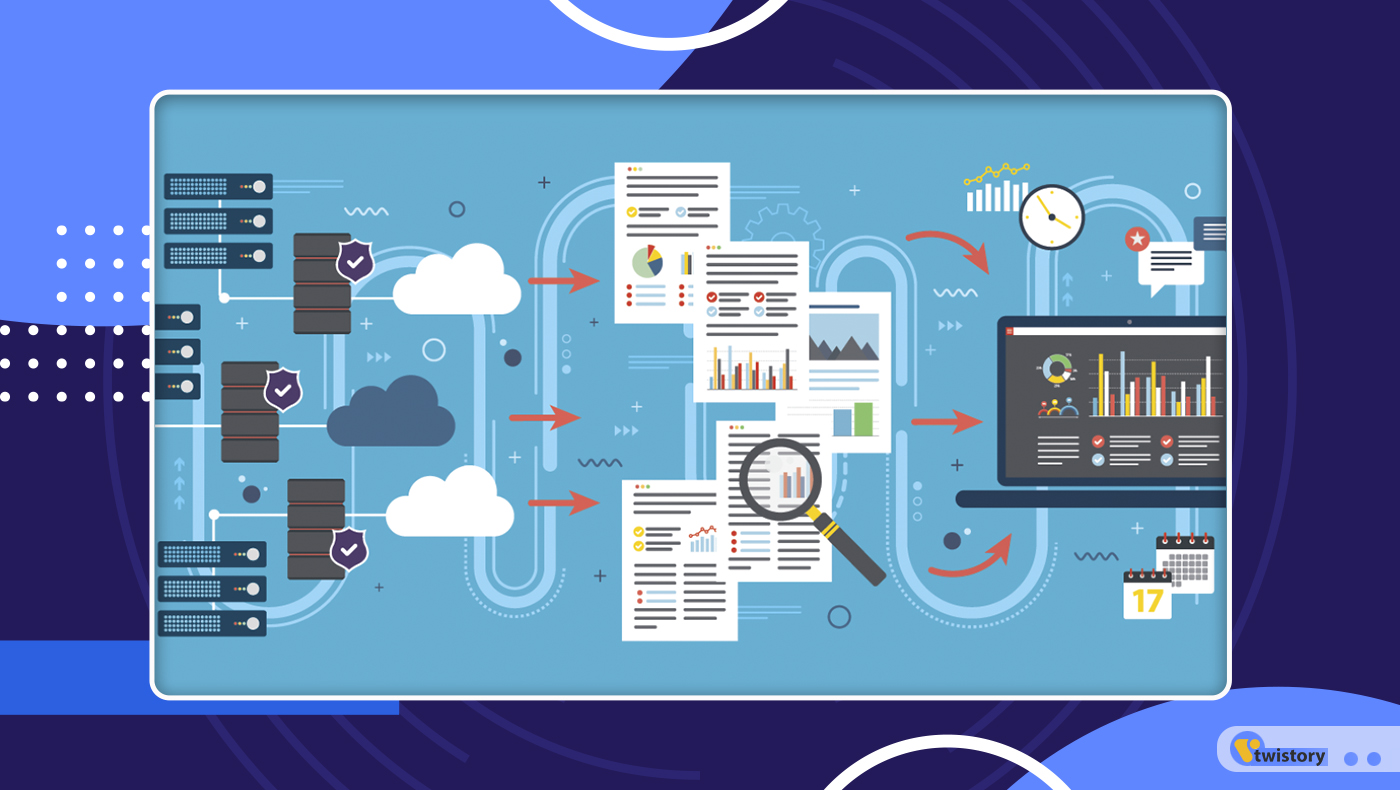
- Data Mining: Data mining allows businesses to leverage unstructured data in identifying consumer behavior, product sentiment, and purchasing patterns. This enhances their ability to cater to their customer base effectively.
- Predictive Data Analytics: By leveraging unstructured data, businesses can anticipate important market trends and activities. This foresight enables them to plan and adapt to significant market shifts proactively, staying ahead of the curve.
- Chatbots: These smart systems use text analysis, a key aspect of handling unstructured data, to understand and direct customer inquiries to the most relevant answers. This enhances customer service efficiency and effectiveness.
8. The Main Difference Between Structured And Unstructured Data
While structured data, the quantitative kind, offers an overview of customer behaviors, unstructured data, the qualitative counterpart, provides a more in-depth exploration into understanding customer intentions and actions. Let’s explore their distinct characteristics and what these differences mean:
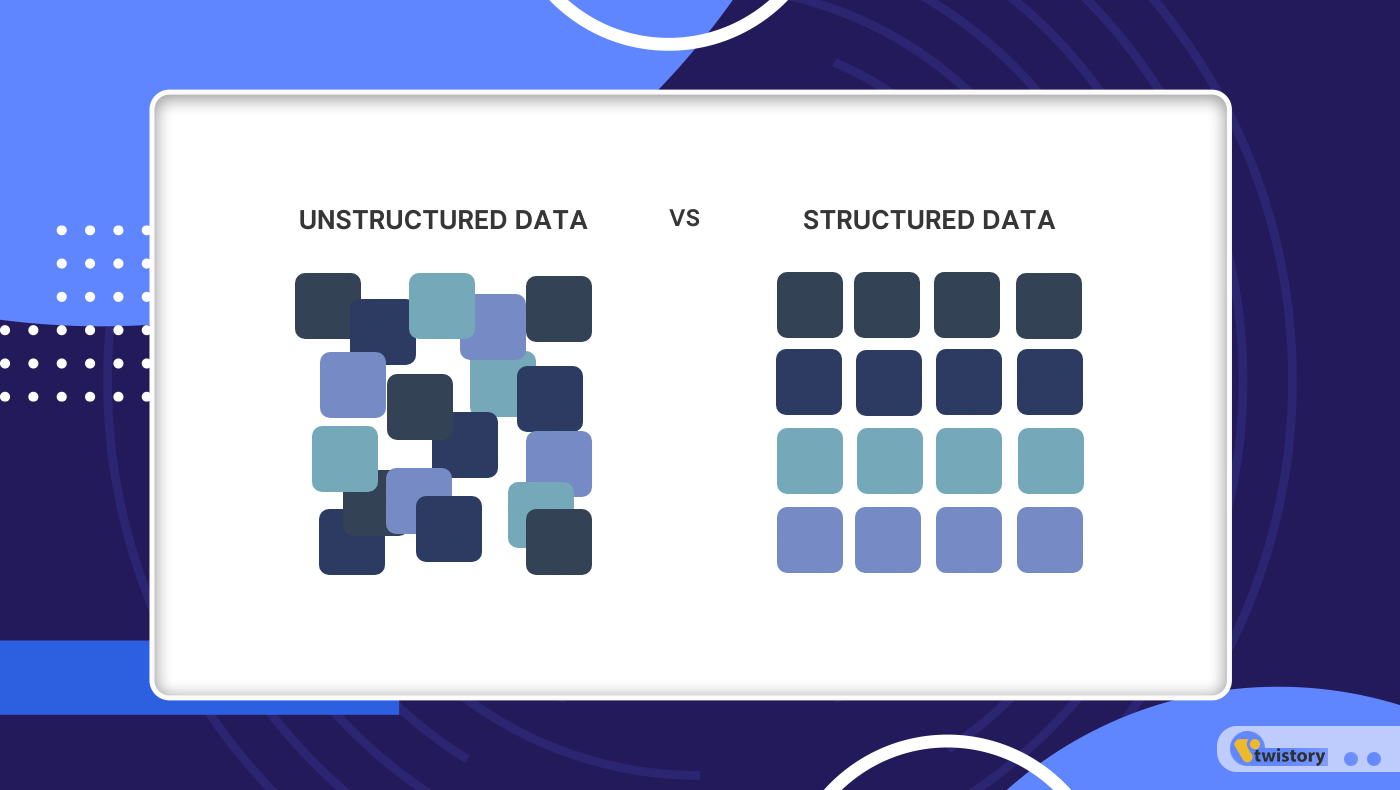
Sources:
You’ll find structured data coming from precise sources like GPS sensors, online forms, network logs, and OLTP systems. Unstructured data, however, emerges from more varied places like emails, word documents, PDFs, and more.
Forms:
Structured data is all about numbers and specific values. In contrast, unstructured data spans a wider range – think texts, audio, video files, and sensor outputs.
Models:
Structured data is neatly organized with a predefined model (schema-on-write), ready for storage. Unstructured data plays it cool, staying in its native format until it’s time to use it (schema-on-read).
Storage:
Think of structured data as being stored in neat, tabular formats like spreadsheets or SQL databases, which are space-efficient. It often resides in data warehouses, lending itself to scalability. Unstructured data, with its media files or NoSQL databases, demands more room. It typically finds a home in data lakes, posing some scalability challenges.
Uses:
Structured data is the fuel for machine learning algorithms, while unstructured data is key in natural language processing (NLP) and text mining.
Note: When choosing between structured and unstructured data, consider your end goal. If it’s about clear, concise data analysis, structured data is your go-to. For more nuanced, human-centric insights, unstructured data is the answer. Each has its place in the tech ecosystem, and understanding their distinct roles can greatly enhance your data strategy.
9. How Companies Use Structured and Unstructured Data
Companies leverage both structured and unstructured data in distinct ways to unearth insights and drive informed decision-making. Structured data, with its organized and easily searchable nature, is a staple in traditional analytics and reporting. It’s particularly useful in areas like inventory management, financial analysis, and operational reporting – think of it as the backbone of systematic data-driven processes.

Conversely, unstructured data – encompassing text, images, and videos – offers a dynamic approach to data modeling. This type of data is a goldmine for more nuanced tasks such as sentiment analysis, monitoring social media trends, and analyzing customer feedback. While structured data provides a straightforward path to extracting information and conducting analytics, unstructured data, when harnessed correctly, can unveil deeper insights into a business’s growth and strategic direction.
However, working with unstructured data is not easy. It demands advanced analytics skills, a deep understanding of data science, and the right set of data management tools. Each data type holds significant value in helping businesses grasp the nuances of their operations, customer behaviors, and market dynamics. The key to success lies in blending the strengths of both structured and unstructured data, creating a holistic, data-informed strategy for decision-making.
10. The Future of Data: Structured Data vs Unstructured Data
Recent advancements in artificial intelligence (AI) and machine learning (ML) are revolutionizing the landscape of data, significantly boosting business intelligence and fueling industrial innovation. The data formats and models we’ve discussed play a pivotal role in empowering business users in several ways:
- Compliance in Digital Communication: With pattern recognition and email threading analysis software, businesses can sift through emails and chat data to flag potential noncompliance issues. This is a crucial step in maintaining legal and ethical standards.
- Monitoring Social Media Conversations: Tools equipped with text analytics and sentiment analysis provide the capability to track high-volume customer interactions on social media. These tools are invaluable for assessing the impact of marketing campaigns and identifying potential online threats or opportunities.
- Gaining Marketing Insights: ML analytics tools are adept at processing vast amounts of data swiftly. This capability enables businesses to deeply analyze customer behavior, offering key insights for marketing strategies.
Additionally, smart and strategic use of these data formats and models can assist in:
- Gaining a more profound understanding of customer needs, leading to enhanced service.
- Crafting more targeted and effective marketing campaigns.
- Keeping tabs on current metrics while developing new ones.
- Creating improved product offerings and identifying new opportunities.
- Cutting down on operational costs.
11. Conclusion
In conclusion, the exploration of “Structured vs Unstructured Data” unveils a world where both data types coexist, each with its unique strengths and challenges. Understanding these differences is crucial for businesses looking to harness the full potential of their data. From compliance monitoring to gaining deep marketing insights, the right application of structured and unstructured data can be a game-changer. We hope this blog has illuminated the distinct roles these data types play in the realm of AI and ML, offering valuable insights for your business strategies. For more enlightening discussions and insights into the ever-evolving world of technology, don’t forget to explore more blogs from Twistory. Stay informed, stay ahead!
